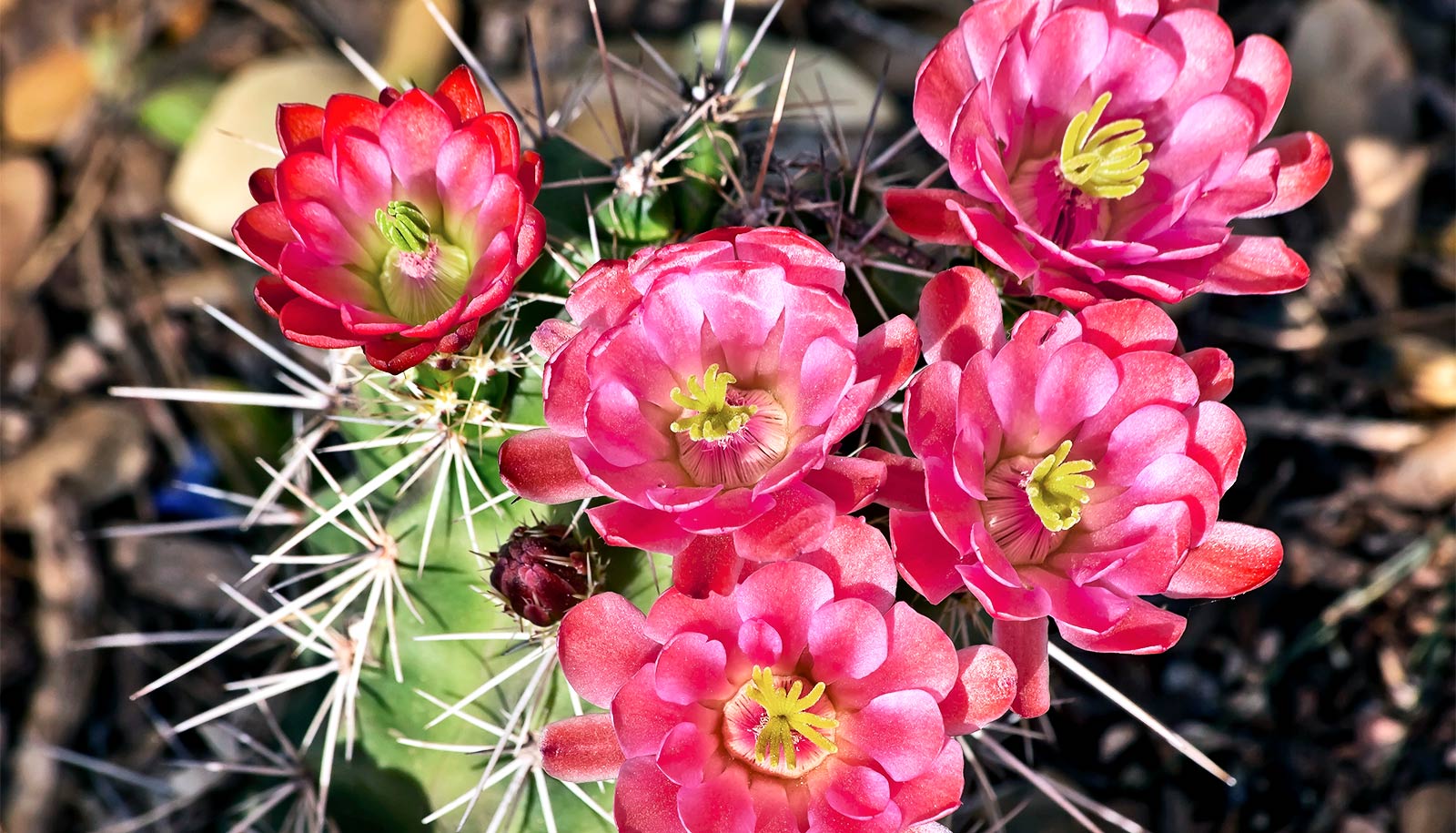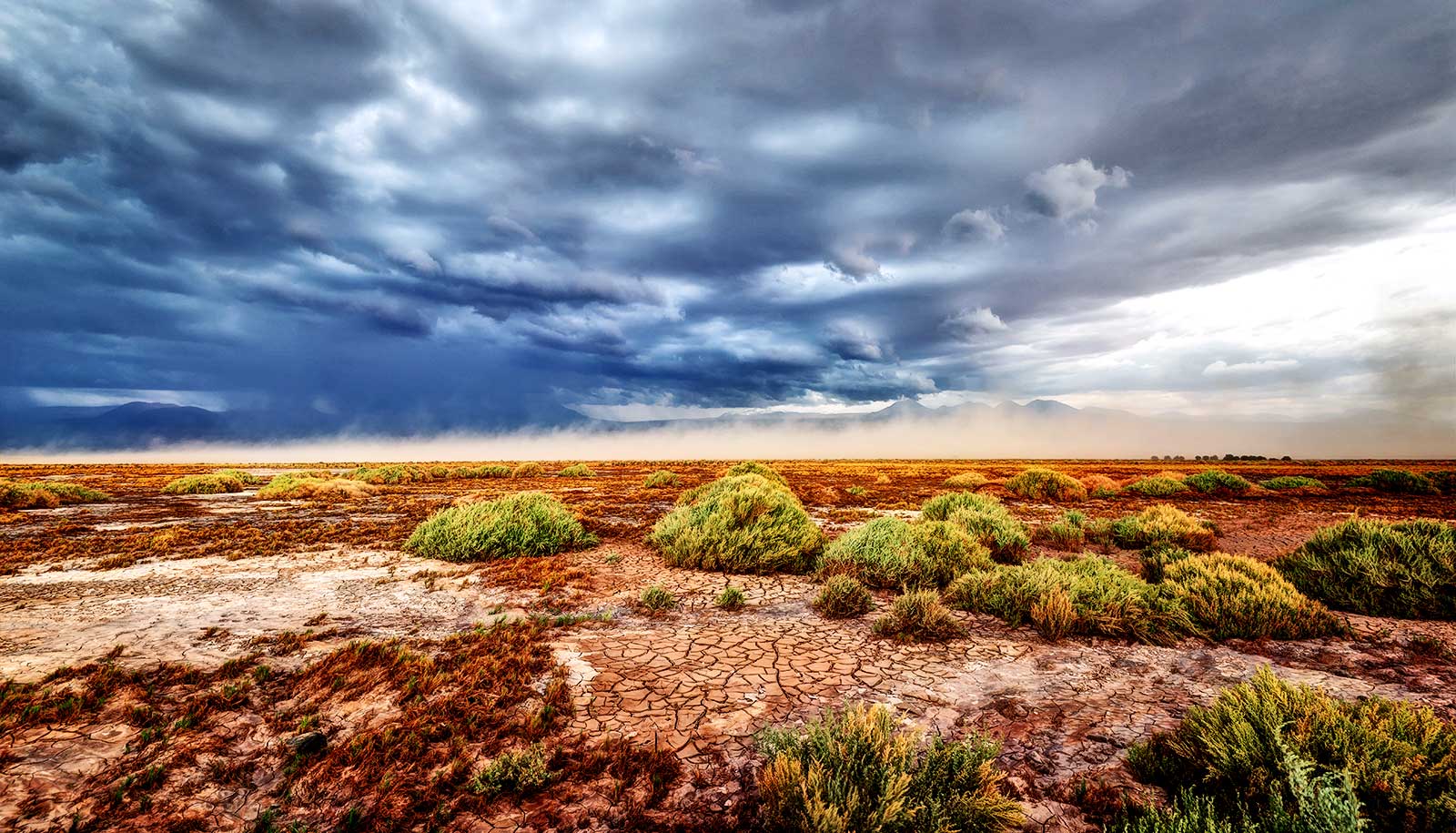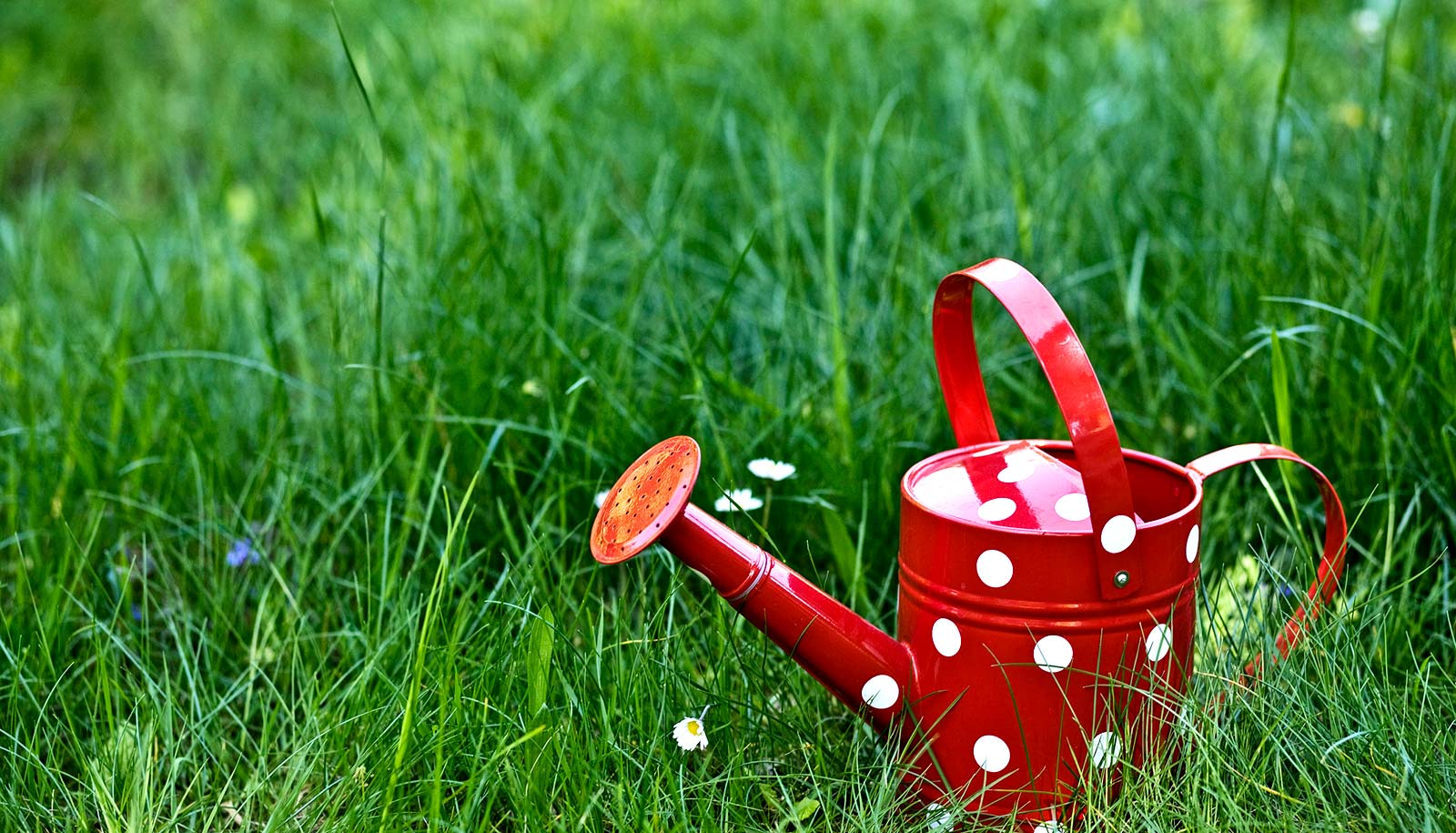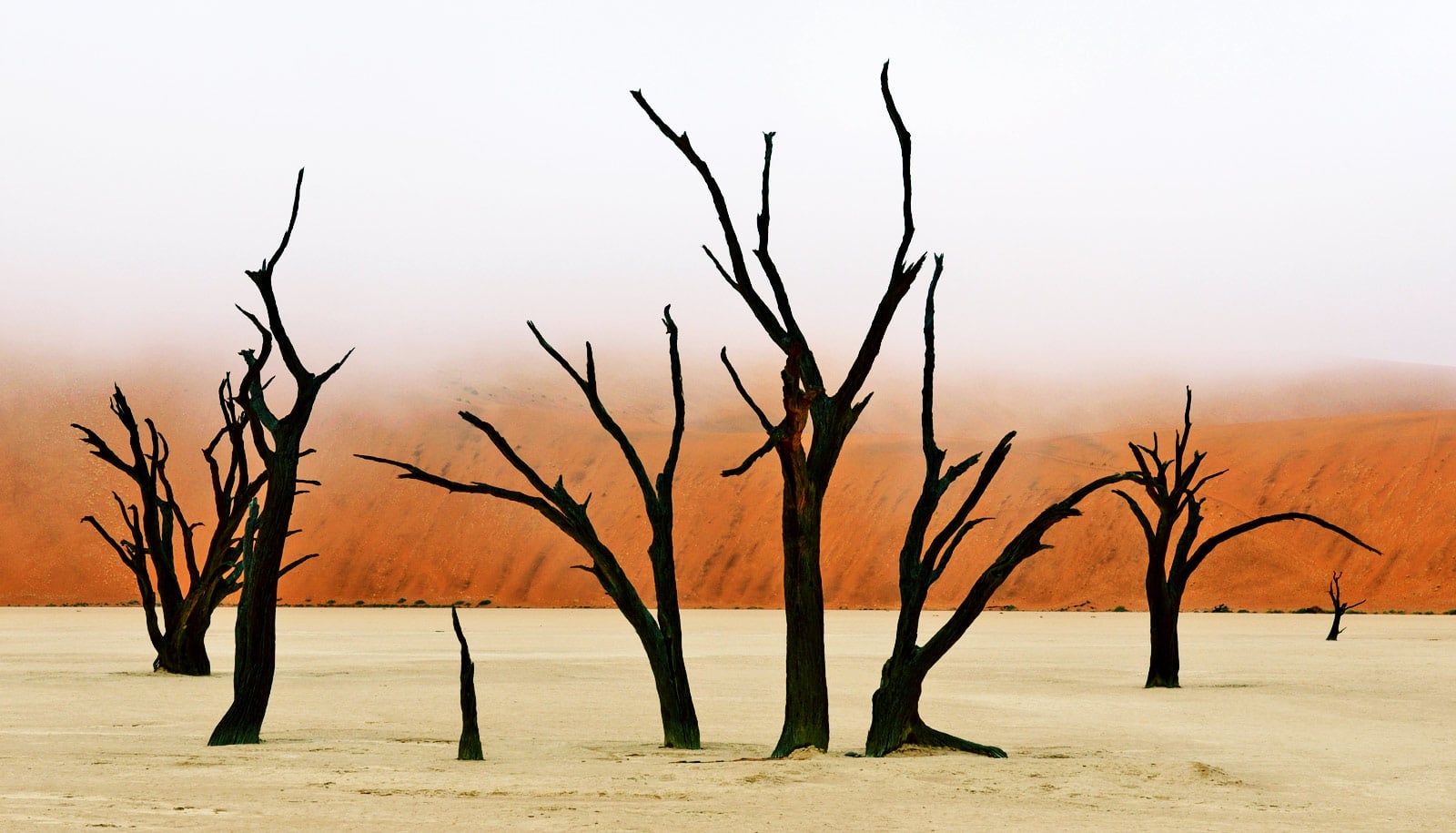Spend or save water? Grow or reproduce? For tiny desert plants that bloom during the winter, the choices are life-or-death gambles. And now ecologists know which bets win.
Researchers studied more than 50 plant species and analyzed data spanning more than 30 years to discover that only plants that closely follow a tradeoff of water use and reproduction will thrive in the desert.
Previously, researchers at the University of Arizona’s Desert Laboratory on Tumamoc Hill in Tucson studied nine common species of winter annuals to identify the tradeoff. For the new study, which appears in Ecology Letters, researchers investigated this tradeoff for the entire community of winter annual plants around the Desert Laboratory.
The findings show that in the face of varying temperatures and rainfall, the best balance falls along the tradeoff between growth and water-use efficiency. Plants either conserve their water and grow slowly and steadily throughout the winter, or they spend water by closely tracking rainfall and growing rapidly in response to precipitation.
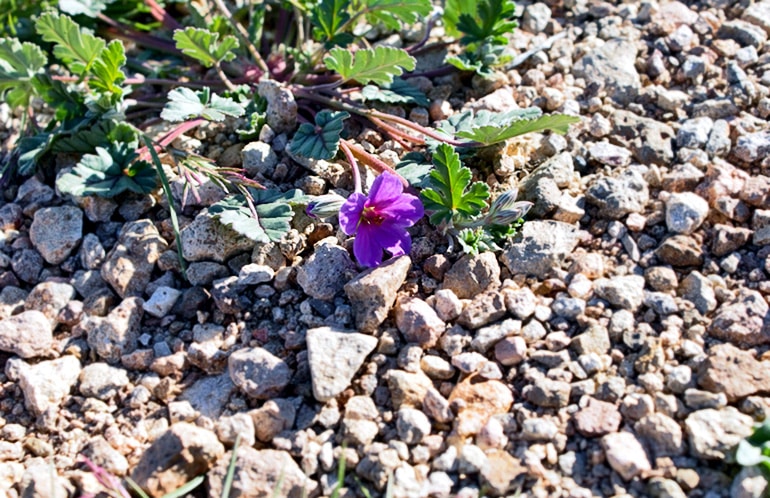
“Plants must balance water and nutrient allocation to rapid growth or water conservation,” says Xing-yue Monica Ge, a graduate student in the ecology and evolutionary biology department.
“Plants that don’t perfectly fit on the tradeoff do occur in this ecosystem, but they cannot thrive,” says coauthor Ursula Basinger, a graduate and ecology research specialist.
The researchers found that the desert annual plants’ diversity has kept the community robust as the climate has shifted.
“In these three decades, we have seen climate change: we see temperatures go up, we see precipitation go down. The trend indicates the desert is getting warmer and drier,” Ge says.
The Desert Laboratory’s monitoring of the plant community allowed the researchers to see how the plant community was evolving to cope with the changes by tracking which species were most abundant in each year.
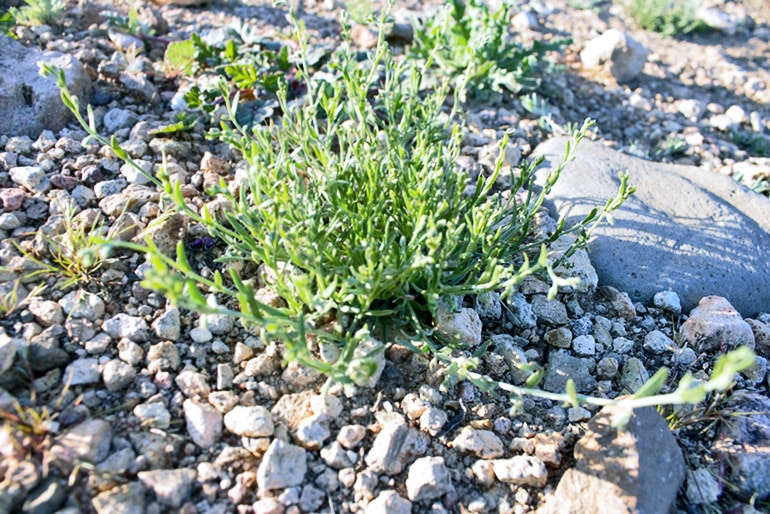
“Plant species are skewing more to the water-use efficiency side, because they need to conserve their resources,” Basinger says.
However, these water-efficient plants still hug the fine line of the tradeoff, balancing water and growth in the same way as water-efficient plants that are abundant even in wet winters.
“This is the most interesting result to us, since it shows that regardless of which species are currently common, they still follow this general rule,” Ge says.
Ecologists often observe that diverse communities are more resilient than less diverse systems, but detailed, decade-spanning datasets needed to conduct studies that scientifically support these observations are rare.
In ecological studies like Ge’s, “long-term datasets are gold,” says Benjamin Wilder, director of Tumamoc Hill. “In that sense, the Desert Lab is a treasure chest.”
Additional coauthors are from the Desert Laboratory on Tumamoc Hill and the University of California, Irvine. The National Science Foundation funded the work.
Source: University of Arizona
